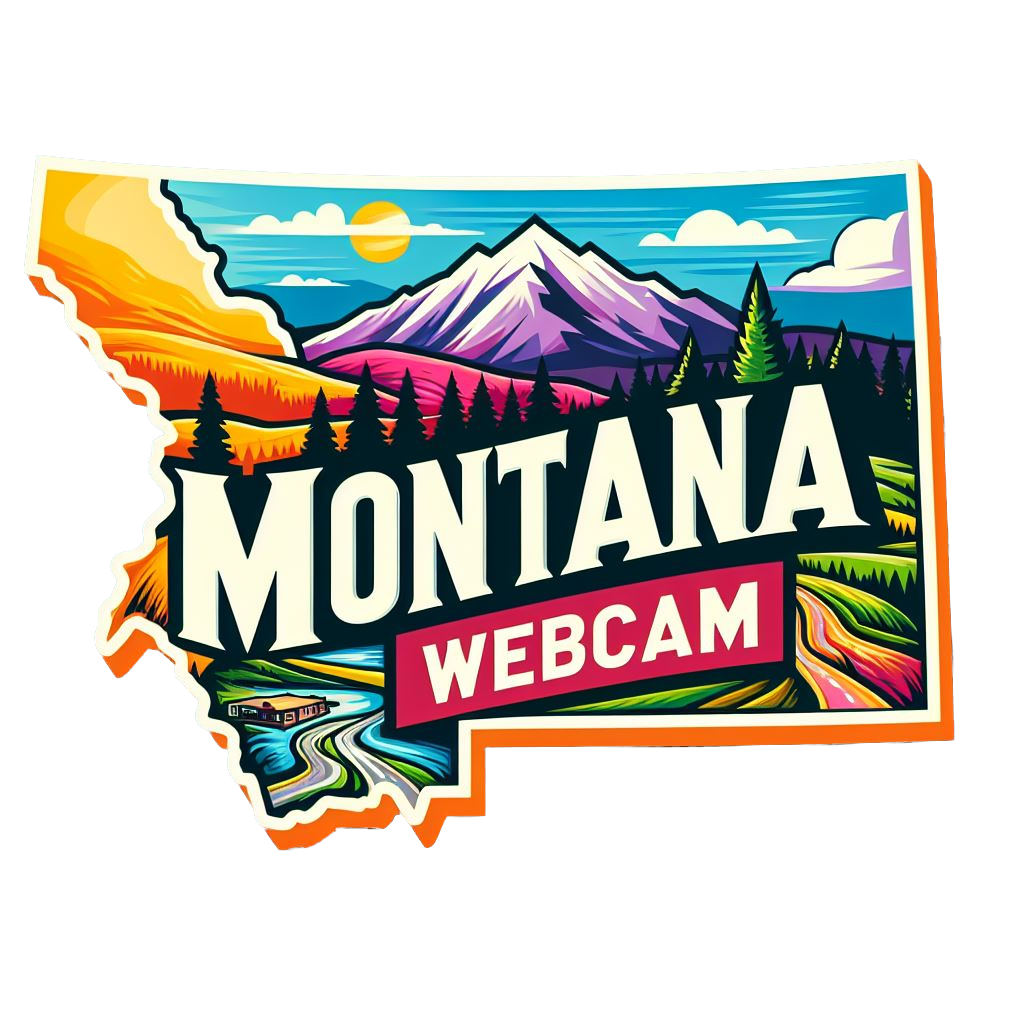Missoula, MT Weather Cams
Looking at Bitterroot Mountains Cam
Missoula Live Cam
South Hills Cam

St. Patrick Hospital Cam

Rattlesnake National Recreation Area Cam

Long-Eared Owl Cam
Farm Roost Cam
Boone and Crockett Club’s Theodore Roosevelt Memorial Ranch Cam
Missoula Intl Airport FAA Webcam
Missoula, Montana: A Confluence of Culture, Commerce, and Community
Missoula, MT Weather Cams. Nestled in the scenic valley of western Montana, Missoula stands as a vibrant hub of culture, commerce, and community. From its early days as a trading post to its emergence as a bustling city with a rich tapestry of history and heritage, Missoula’s story is one of resilience, innovation, and growth. As the cultural and economic center of the region, Missoula has played a pivotal role in shaping the character and identity of the Treasure State.
Indigenous Roots
Long before the arrival of European settlers, the Missoula Valley was home to indigenous peoples, including the Salish, Pend d’Oreille, and Nez Perce tribes. These tribes lived in harmony with the land, relying on the abundant natural resources of the valley for food, shelter, and spiritual sustenance.
For the indigenous peoples, the Missoula Valley held great significance as a gathering place and crossroads of trade and commerce. The valley’s fertile soil and temperate climate provided an ideal environment for hunting, fishing, and agriculture, while its strategic location along the Clark Fork River made it a natural meeting point for tribes from across the region.
Fur Trading Era
The arrival of European fur trappers and traders in the early 19th century marked the beginning of a new chapter in the history of the Missoula Valley. In 1809, the North West Company established a trading post known as “DeSmet’s Hell” near present-day Missoula, where fur trappers and Native American tribes traded goods and supplies.
The fur trading era brought new opportunities and challenges to the Missoula Valley, as European settlers clashed with indigenous peoples over control of the land and its resources. Despite these tensions, the fur trade played a crucial role in the economic development of the region and laid the foundation for future settlement and expansion.
Settlement and Growth
The establishment of Fort Missoula in 1877 marked a turning point in the history of the Missoula Valley, as the United States government sought to assert control over the region and facilitate settlement by European immigrants. The fort served as a military outpost and administrative center, providing protection for settlers and serving as a base for military operations against indigenous tribes.
With the arrival of the Northern Pacific Railroad in 1883, Missoula experienced rapid growth and expansion as a transportation and trade hub. The railroad brought an influx of settlers, merchants, and entrepreneurs to the valley, fueling economic development and urbanization. By the turn of the 20th century, Missoula had emerged as a bustling city with a thriving economy and a diverse population.
Education and Culture
In the late 19th and early 20th centuries, Missoula became known as a center of education and culture in the Rocky Mountain West. The establishment of the University of Montana in 1893 brought new opportunities for higher education and research to the region, attracting students and scholars from across the country.
The university’s presence also helped to foster a vibrant arts and cultural scene in Missoula, with theaters, museums, and galleries springing up throughout the city. Today, Missoula is home to a thriving arts community, with numerous festivals, performances, and events celebrating the region’s rich heritage and creative spirit.
Economic Diversification
Throughout the 20th century, Missoula’s economy diversified and expanded beyond its traditional reliance on agriculture and natural resource extraction. The city became a center for manufacturing, technology, and healthcare, attracting businesses and industries from across the country.
The construction of the Bonner Mill in the early 20th century brought new opportunities for employment and economic growth to Missoula, as the timber industry flourished in the surrounding forests. In the post-war era, Missoula experienced further expansion and development as a result of the growth of the aerospace, healthcare, and education sectors.
Environmental Awareness
As Missoula grew and developed, concerns arose about the impact of human activities on the region’s natural environment. Efforts to preserve and protect the valley’s forests, rivers, and wildlife became a top priority for conservationists, environmentalists, and local residents.
In 1983, the Montana Department of Fish, Wildlife, and Parks designated the Clark Fork River as a state scenic river, recognizing its importance as a habitat for fish and wildlife and as a recreational resource for residents and visitors alike. The designation helped to raise awareness about the need to protect the river and its surrounding ecosystems for future generations to enjoy.
Community Engagement
Throughout its history, Missoula has been defined by a strong sense of community and civic engagement. The city is home to numerous community organizations, nonprofit groups, and civic initiatives that work tirelessly to improve the quality of life for residents and promote social justice, environmental sustainability, and economic opportunity.
From grassroots activism to citywide initiatives, Missoula’s residents have always been actively engaged in shaping the future of their community. Whether it’s through volunteering, advocacy, or participation in local government, the people of Missoula are committed to building a more inclusive, equitable, and vibrant city for all who call it home.
Looking Ahead
As Missoula looks to the future, it remains a beacon of opportunity and innovation in the Rocky Mountain West. With its rich history, vibrant culture, and dynamic economy, Missoula is poised to continue thriving as a hub of creativity, commerce, and community for generations to come. Whether you’re exploring its scenic trails, enjoying its cultural amenities, or simply soaking in its small-town charm, Missoula offers something for everyone to discover and cherish.
For more information, visit the official Missoula, MT website.
